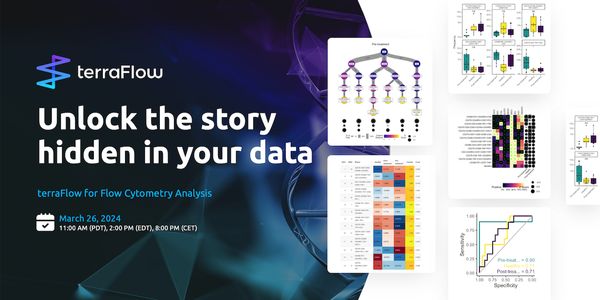Supercritical fluid chromatography of polar biomolecules at the analytical and preparative scale: evaluation of global conformational changes in peptides and proteins
-
Raffeal Bennett, PhD
Postdoctoral Fellow at Merck & Co.BIOGRAPHY
Supercritical fluid chromatography (SFC) has historically been very effective for exacting difficult chiral separations, with an unmatched power in terms of enabling highly efficient enantioselective chromatography at both analytical and preparative scale. In recent years, the pharmaceutical industry has shifted focus towards new challenging chemistries including therapeutic modalities that can generate multitudes of closely related species, overwhelming the ability of today's platform separation tools. Recent SFC investigations across both pharmaceutical and industrial sectors have clearly demonstrated the applicability of SFC beyond the separation of enantiomers. Biomolecules including peptides and proteins remain a challenging problem in SFC as well as other forms of chromatography. Furthermore, for protein-type pharmaceutical targets, it is important to not only separate and purify the target, but often to interrogate and preserve the original structural conformation. The inclusion of aqueous and polar additives has made SFC more amenable to biomolecule separations in the analytical space, but little is shown regarding the impact of SFC mobile phases on conformational changes after preparative purifications. In addition to showcasing several potential SFC applications for bioanalytical testing and preparative separation of hydrophilic compounds, the work presented herein illustrates an analytical procedure introduced by our group consisting of size exclusion chromatography coupled with hydrogen–deuterium exchange (SEC-HDX) methodology and circular dichroism (CD) spectroscopy to probe the global conformational structure of model peptides and proteins following purification by preparative SFC. The structures of ubiquitin and myoglobin were significantly modified after exposure to SFC mobile phases, but insulin proved to be a successful purification candidate, effectively retaining its higher order structure. In summary, not all proteins can assume their original folded state after purification, but the described workflow can enable the rapid identification of peptides and proteins compatible with an SFC purification method.
Supercritical fluid chromatography of polar biomolecules at the analytical and preparative scale: evaluation of global conformational changes in peptides and proteins
Please update your information
Certificate of Attendance
DOWNLOAD CERTIFICATE
Finish Registering
-
APR 30, 2024Immuno-Oncology Virtual Event Series 2024
-
MAY 07, 20243rd International Biosecurity Virtual Symposium
-
JUN 06, 2024The Future of Scientific Conferencing
- See More
-
APR 19, 2024
-
APR 19, 2024
- See More












































